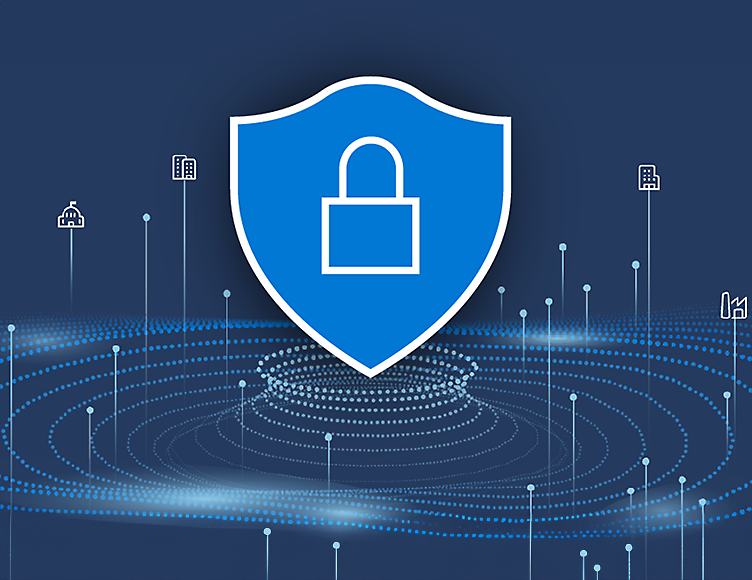Now even stronger with AI
Longtime cybersecurity observers know how frustrating the fight for progress can be. Our profession demands constant vigilance, and the assurance of a job well done can be nothing if not elusive. Bad news dominates the headlines, and reports of doom and gloom abound, yet we do see cybersecurity success stories every day.
Every day our defenders quietly share information. Every day they raise the cost of crime for attackers and their vast criminal syndicates. Every day they leverage their considerable skill and talent to find the criminals faster and evict them sooner.
Threat intelligence (TI) works, and median adversary dwell times continue to drop. The current 20-day level represents a marked change from when attackers could lurk undetected for months.
We can thank better intelligence for this difference. We can thank better tools. We can thank better resources. And when we bring these forces together—specifically, TI, data at scale, and artificial intelligence (AI)—our impact as defenders will accelerate and amplify.






Follow Microsoft Security